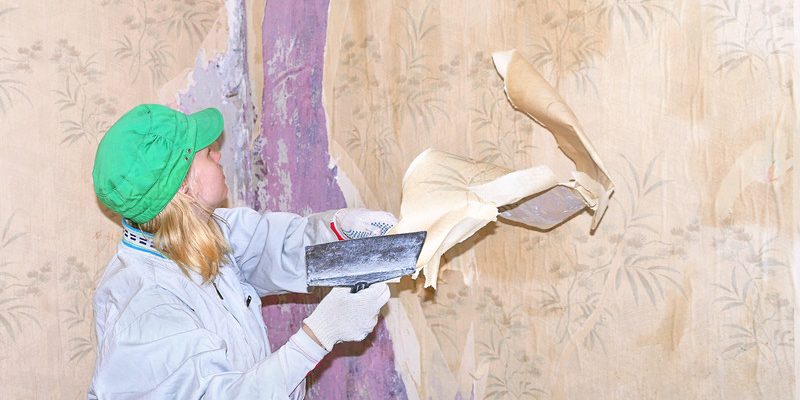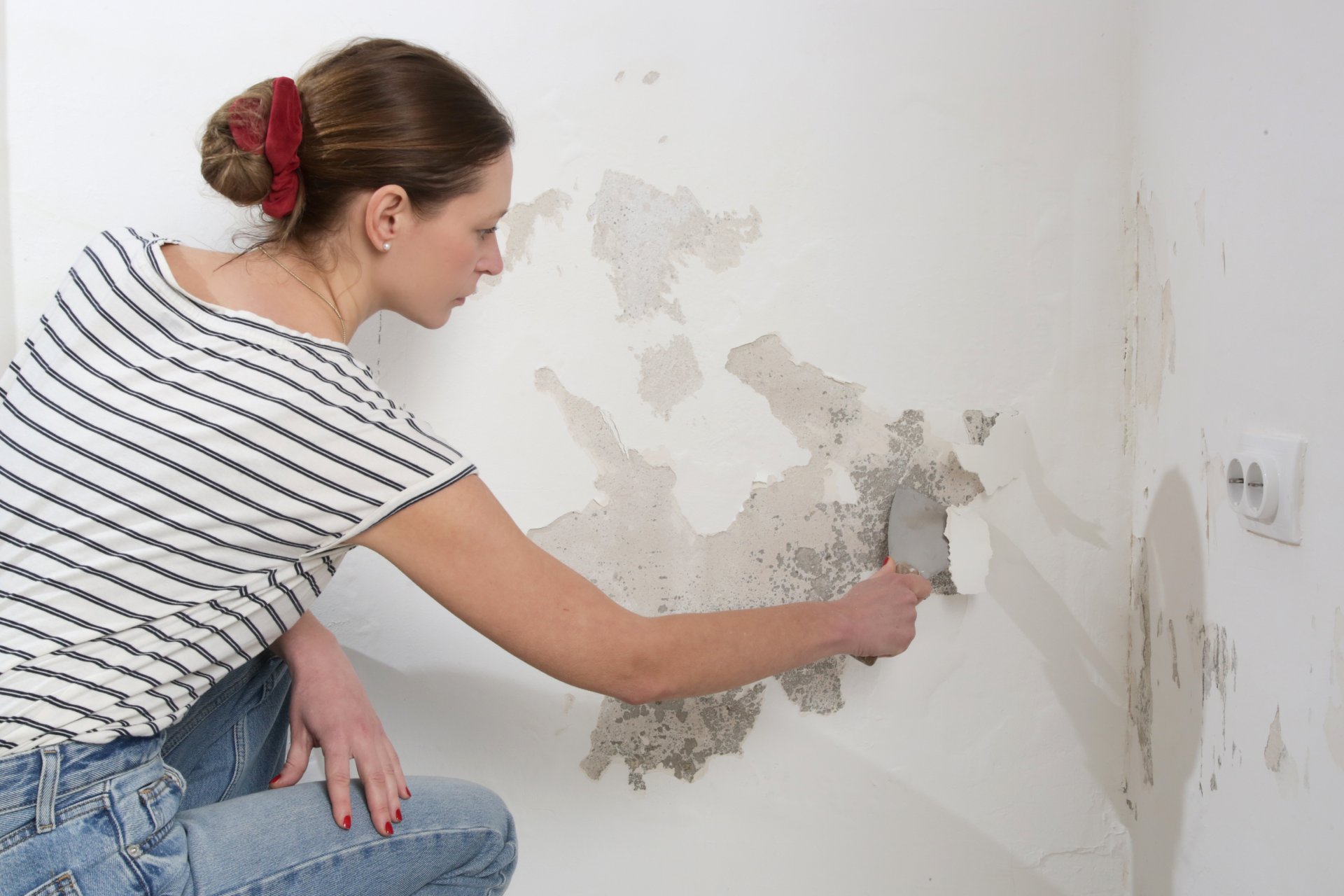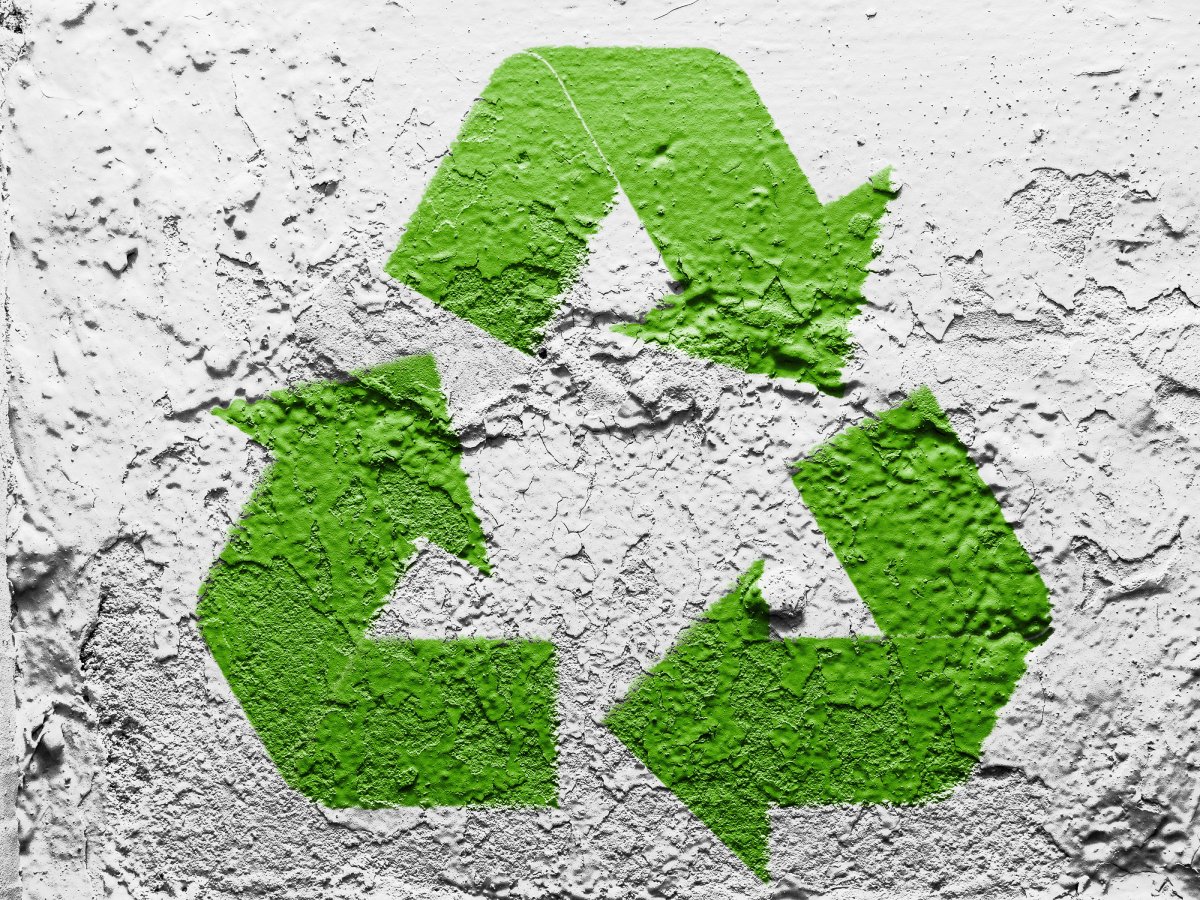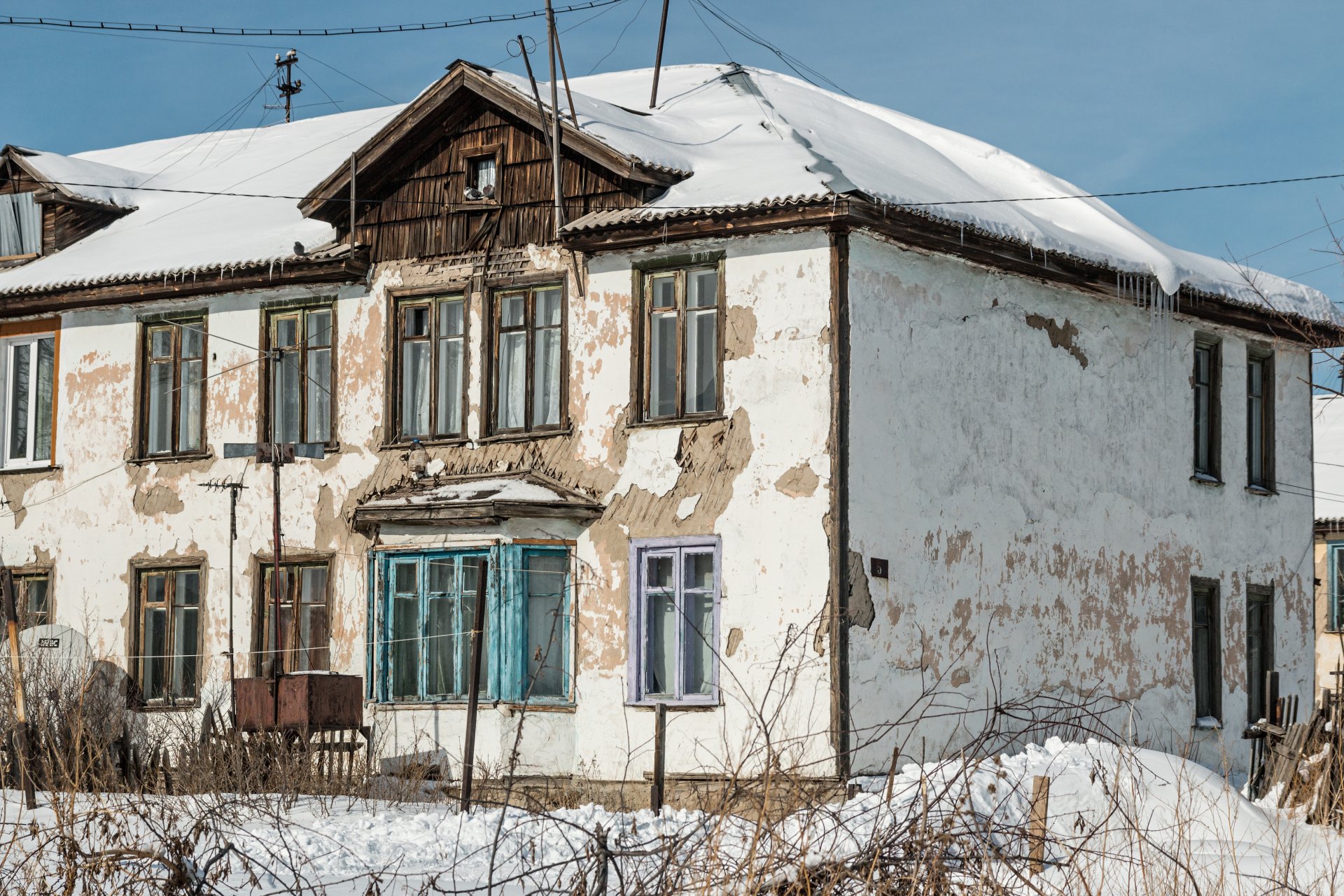One day, you walk into a room and suddenly it hits you – wallpaper has a lifespan, and this wallpaper is done. Let us tell you everything you need to know about removing your wallpaper
Yes, wallpaper can fall off the edge quickly; one day, it’s tying the whole room together, the next day it’s a faded and outdated relic of another era. Perhaps it’s time to respect the decades of service and take it down – quickly.
But wait… it has been stuck on that wall for forty years, maybe longer.
How in the world do you get it off? Can you do it yourself or must you hire an expensive professional?
Where do you start?
Start Here: All About Wallpaper Removal
Let’s take a closer look at that wallpaper. Like most things in life, the secrets are in the details. Whether you are renovating you grandmother’s old place, flipping a property, remodeling your own space, or just ready for an aesthetic upgrade there are several critical factors to consider before removing that old ugly wallpaper.
How Old is the Wallpaper?
The older the wallpaper, the more difficult the removal becomes.
What is the Wallpaper Made Of?
Wallpaper isn’t always made in a simple sheet form. Wood-chip wallpaper can be difficult to remove and could damage the wall on its way out. Wallpapers made of foil, vinyl, or natural fibers can each bring their own set of issues to the table when the time comes to remove them.
What about the surface of the wall?
Some wallpapers are designed specifically to cover up existing damage or imperfections on the wall’s surface. It can also be more of a challenge to take wallpaper off plaster walls than dry-wood walls. Modern homes aren’t likely to have plaster walls if they were build after the 1930s.
How to Remove Wallpaper – Is it Difficult?
There are several methods by which wallpaper can be removed, each with a respective level of difficulty. Let’s rank them based on degree of difficulty:
Stripping the wallpaper away
If the wallpaper is relatively new and the material with which it was stuck to the wall is dry and brittle, you may be in luck. Sometimes, wallpaper can simply be stripped right off the wall.
All you need to do is find a seam or a corner, and gently start pulling to see how much resistance you receive from the paper. Pull gently and consistently and avoid yanking it off as this will just rip off the small area you are holding on to.
Soaking and scraping the wallpaper off
Most of the time your wallpaper will be a bit more stubborn about its comfortable place on your walls. If it doesn’t want to be stripped off with ease, you may need to escalate to the “soak and scrape” method.
Use a perforator to make small holes in the paper, then spray some water or other anti-glue solvent such as acetone or “Glue-Gone” on the wall to dissolve the glue. You can then proceed to simply peel the wallpaper off in panels or use a tool such as a putty knife to scrape it off. Take a close look to see if there is any remaining residue on the wall that can be scraped off to give you a blank canvas for a coat of paint or your new wallpaper.
Steaming the wallpaper away
Sometimes wallpaper must be forced into retirement like an aging, disgruntled employee. The best strategy for the persistent wallpaper is to make use of one of nature’s most effective combinations – heat and moisture. However, this will require an electric steamer, a product not found in the average household.
After making holes in the paper with a perforator, the steamer will apply heat and moisture to that old, stubborn, dry adhesive. It can then be easily peeled away followed by an extra scrape of the wall to ensure all residual adhesives are gone for good.
Removing Wallpaper Sizing
Let’s assume for a moment that you have successfully removed the wallpaper using the above suggested methods. There will often be wallpaper sizing still stuck to the wall. Wallpaper sizing is simply the industry jargon for the “glue” or “adhesive” that was used to prepare your walls before the wallpaper was hung, ensuring a snug adherence to the wall for many years.
So, how do you remove wallpaper sizing?
- Seal the floors for protection: Spread some plastic sheeting along the floors near the walls and tape the edges to the baseboards. A couple of feet width should suffice to keep your floor protected.
- Prepare a wallpaper paste remover: Follow the manufacturer’s instructions to mix a paste and pour into a household spray bottle. It may be possible to utilize household solvents, but not every type of wallpaper sizing will be dissolved by homemade solutions, so make sure to test different mixtures before giving up and buying a professional product.
- Turn off all the electric power to the room: For safety, shut off all the power in the room at the breaker (not just the light switch).
- Spray the paste remover onto the sizing: Get the wall nice and moist but not soaking wet.
- Begin to scrape the sizing away: Use a simply putty knife to scrape the remaining adhesive.
- Wipe the wall with a clean sponge or cloth: Remove any residue that may have been left behind after scraping.
- Wait for the wall to dry: While you may be excited for the next phase of your renovation, whether it be paint of new wallpaper, make sure the wall is fully dry before you proceed.
Is it expensive to remove wallpaper?
Whether you will remove the wallpaper yourself or have a professional local contracor do it for you, there will be some costs involved.
If you choose to do it yourself, you may need to pick up some supplies at your local hardware store: putty knife, perforator, adhesive removing solvents, plastic sheeting for floor protection, and perhaps an electric steamer.
Most local contractors will charge about $3 per square foot, which adds up to around $535 for a 12 foot by 12 foot room. You can apply this general metric to the area in your home to calculate what you can expect to pay for your wallpaper removal.
There are several elements that could factor in the final cost, such as accessibility to all parts of the walls, furniture removal, floor protection, condition and type of wallpaper and its adhesives, etc.
Frequently Asked Questions
Can you paint over wallpaper?
It is not recommended to paint directly over wallpaper because the painting will loosen the paper, causing bubbles and air pockets between the drywall and the wallpaper layer. Often, the seams in the wallpaper will appear through a coat or two of paint.
Painting over wallpaper should only be considered in specific conditions such as deteriorating walls where removing wallpaper is impossible. Keep in mind that when necessary, painting over wallpaper will require extra steps in preparing the wall.
What if the paper facing on my drywall tore as I was trying to remove the old wallpaper?
A very common problem encountered when removing wallpaper is damaged drywall. As paper is removed, chunks of the drywall stuck to the paper may be gouged out, especially with older wallpaper. You can repair the damaged wall using Kilz Oil Based Primer or ask for the recommended primer formula for fixing drywall from your retailer.
Kilz is odorless and has high building capabilities which are helpful in filling in flaws. You may need to skim coat walls or use a hand smoother to fill in damages.
How best can I remove stubborn wallpaper?
Run a scoring tool on the wallpaper to make a hole in it and boil a bucket of water. Let the water sit for five minutes to cool a bit, then mix in vinegar (80% water, 20% vinegar) to create a homemade solvent to ease wallpaper removal.
Is priming necessary after wallpaper removal?
Once you removed the wallpaper and its glue, and you have a smooth surface, start applying a coat of good latex primer. You can use any of these two brands: Zissner 123 or Gripper. Use Kilz, Shellac primer, or other Universal Oil Base to remove any residual glue; the residual adhesive will be softened and lifted by the latex.
Which one is easier, removing wallpaper or replacing drywall?
Drywall removal is usually easier than removing wallpaper. Scraping off wallpaper might take a lot of time, and gouging is common in the drywall removal process. There is still a need to sand the wall down and prepare it for painting. Usually, drywall replacement is faster, easier, and less complicated.
Is there a chance it’s actually going to be easier than it looks?
Sometimes it is. Check out this video for a visual how-to:
Removing Wallpaper in the Dallas, Texas Area
Removing your old wallpaper is the first step to a renewed, fresh, beautifully designed room.
If you prefer hiring a professional, representatives at Dallas Floors are available to provide assistance.
Dallas Floors is a leading professional painter in the Dallas region, specializing in interior and exterior painting for homes and businesses, wallpaper removal and installation, and general decor and design projects.
Contact us to experience our well-know customer service, to receive a free and transparent estimate for your project large or small, and a customer satisfaction guarantee for the work we do.




